Part I: What Exactly Is Ylang Ylang? (And Other Scents You Might Know by Name—But Not by Smell)
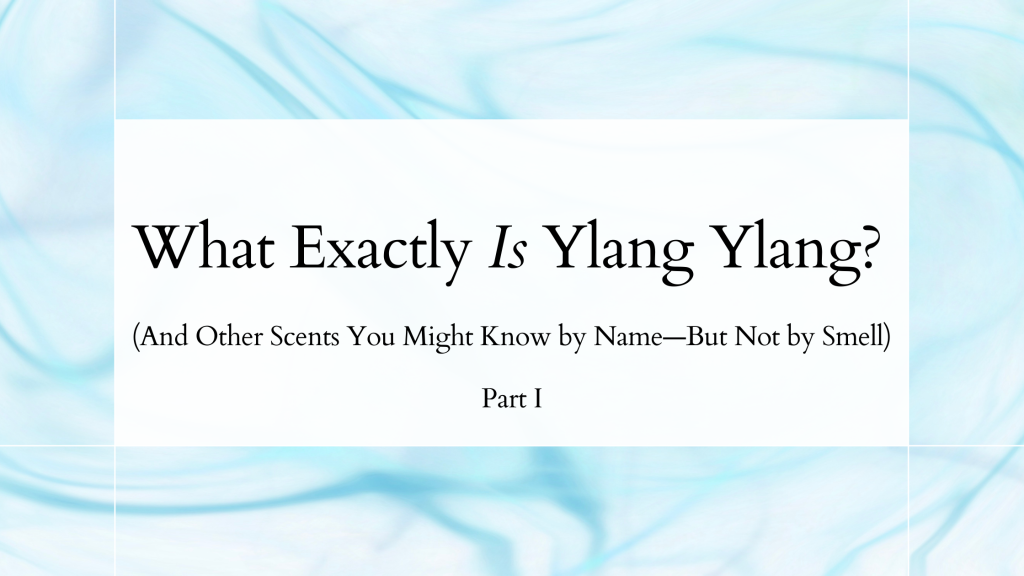
You’ve seen them listed on the back of a candle, your favorite shampoo, or that “sophisticated” perfume bottle you splurged on. Bergamot. Ylang ylang. Musk. Amber. Sandalwood. Patchouli. Neroli. They sound exotic, luxurious… and maybe a little mysterious.
But let’s be honest—if someone asked you to describe what bergamot actually smells like, would you be able to? Didn’t think so.
Let’s break it down. We’re decoding some of the most common fragrance notes you encounter in everyday products—but might not actually understand. By the end, you’ll be confidently sniffing and saying, “Ah yes, a touch of patchouli with a whisper of neroli.”
Ylang Ylang (pronounced lang lang)
Ylang ylang comes from the flowers of the Cananga odorata tree, which grows in tropical regions. Its scent is sweet, floral, and slightly fruity—basically what you’d imagine a warm summer breeze in a garden smells like. It’s often used in perfumes and essential oils because of its relaxing, mood-boosting qualities.
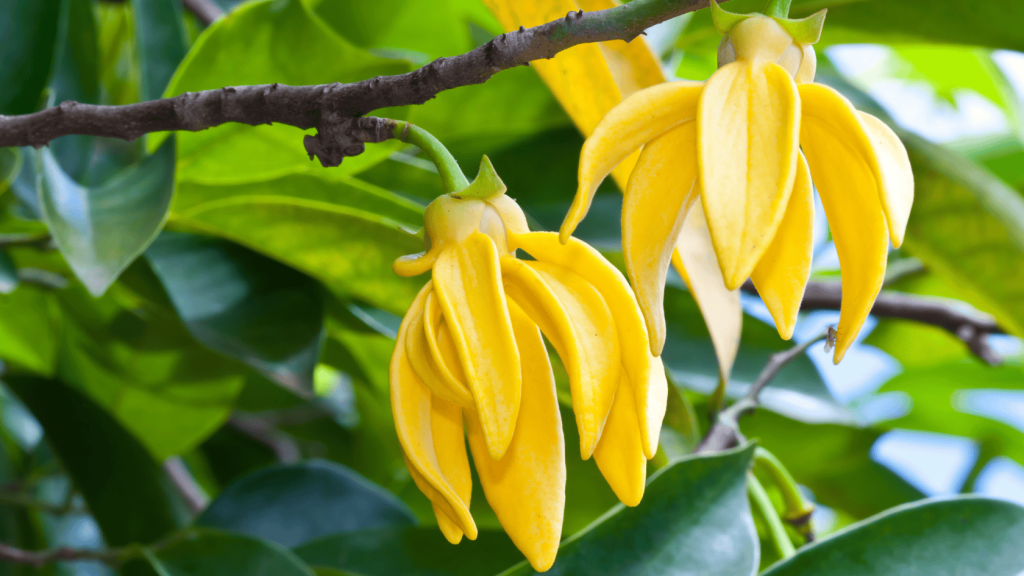
Bergamot
Bergamot is actually a citrus fruit, sort of like a hybrid between a lime and an orange. Its scent is zesty, bright, and slightly floral, giving perfumes a fresh and uplifting top note. If you’ve ever had Earl Grey tea, you’re already familiar with it—bergamot gives it that distinctive citrusy aroma.
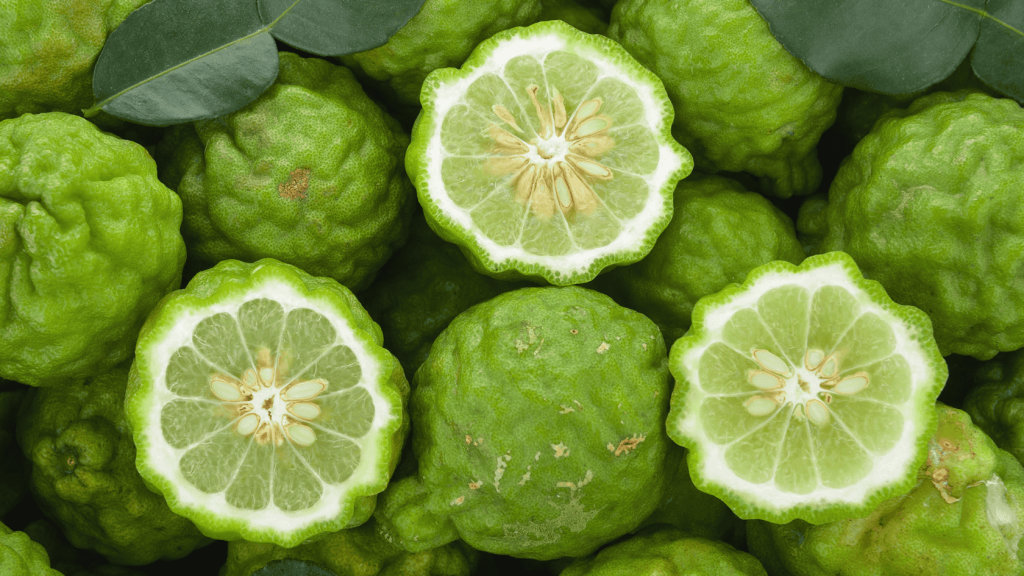
Musk
Originally, musk came from the musk deer (don’t worry—modern perfumery doesn’t use real deer anymore). Today’s musk is either synthetic or derived from plant-based sources like ambrette seed or angelica root.
Musk smells warm, earthy, powdery, and slightly sweet. It’s often used as a base note to give fragrance that “skin-like” sensual vibe and help it last longer.
Patchouli
Patchouli oil is extracted from the dried leaves of a bushy herb native to Asia. It smells earthy, woody, and musky, with a slightly sweet and spicy undertone. It’s grounding, rich, and makes an amazing base note. And despite its hippie reputation, it’s a staple in modern perfumery for a reason.
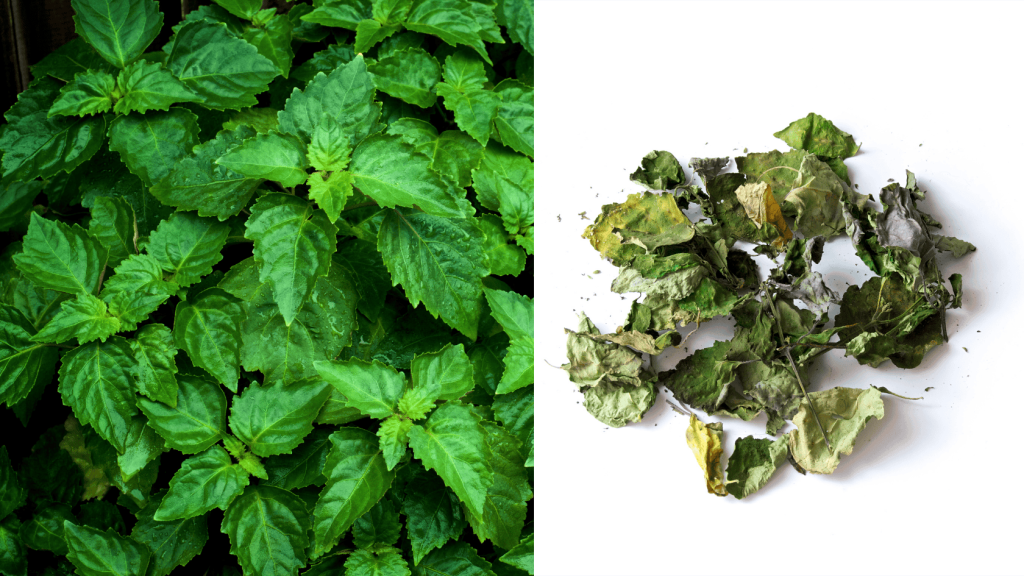
Sandalwood
Sandalwood is prized for its smooth, creamy, warm, and slightly sweet scent. It’s derived mainly from the Santalum album tree (native to India), though Australian varieties are also used. It’s a go-to ingredient in perfumes, incense, and even traditional medicine thanks to its calming and grounding qualities.
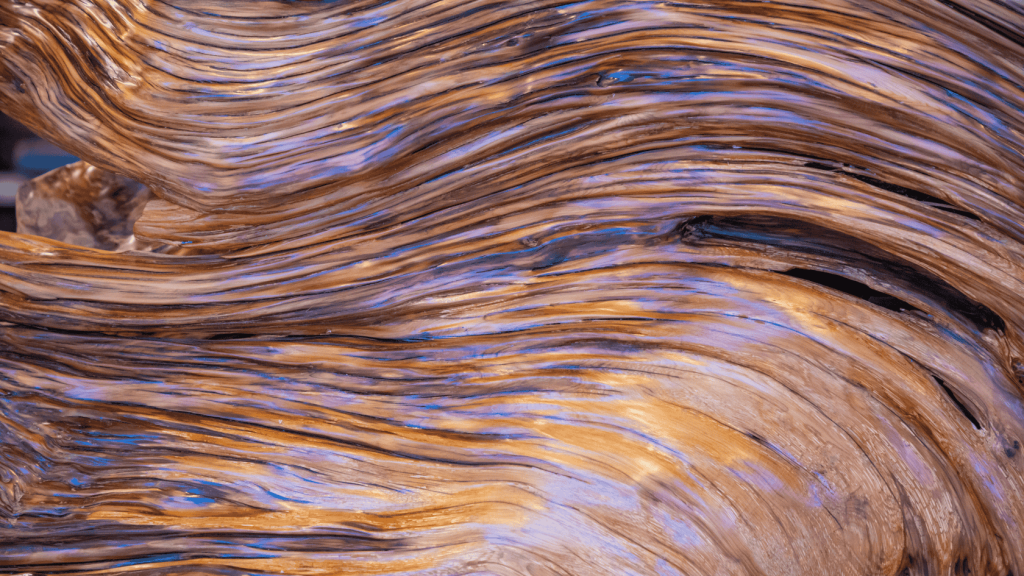
Neroli
This beautifully aromatic oil is extracted from the blossoms of the bitter orange tree. The scent is light, citrusy, and floral—somewhere between orange blossom and honey. Neroli is often used in aromatherapy for its calming effects and adds a lovely top note to both fresh and floral fragrances.
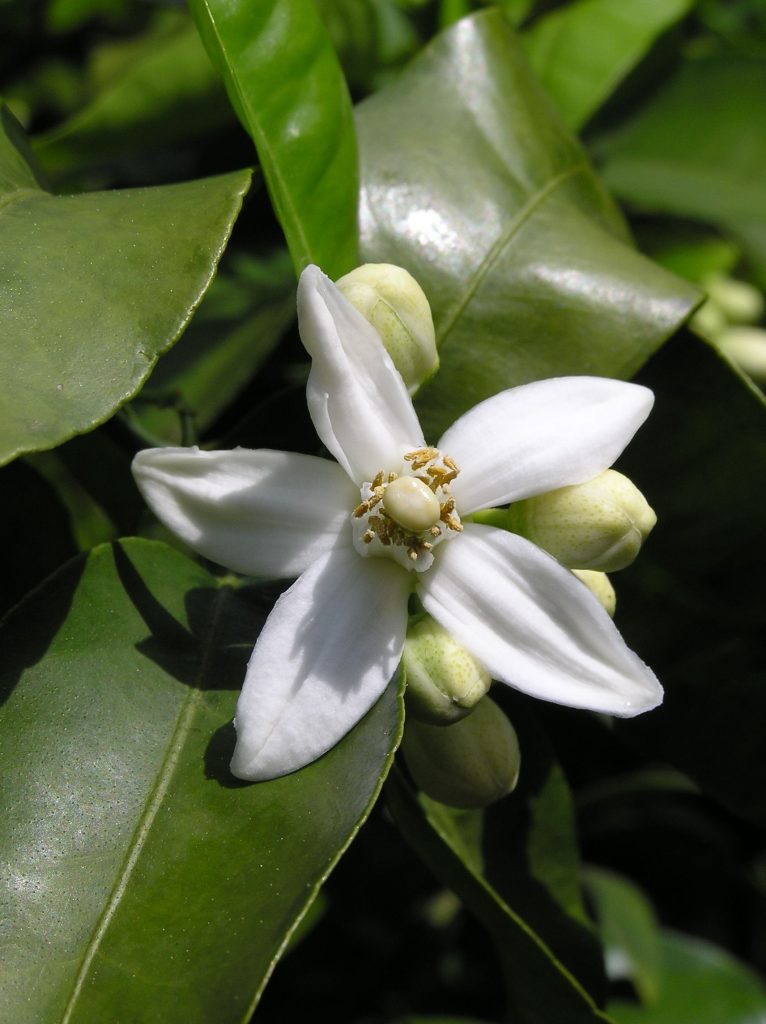
Stay tuned for Part II, where we get into the moodier, deeper scents like amber, oud, and leather; scents that that make people ask, “What are you wearing?”

